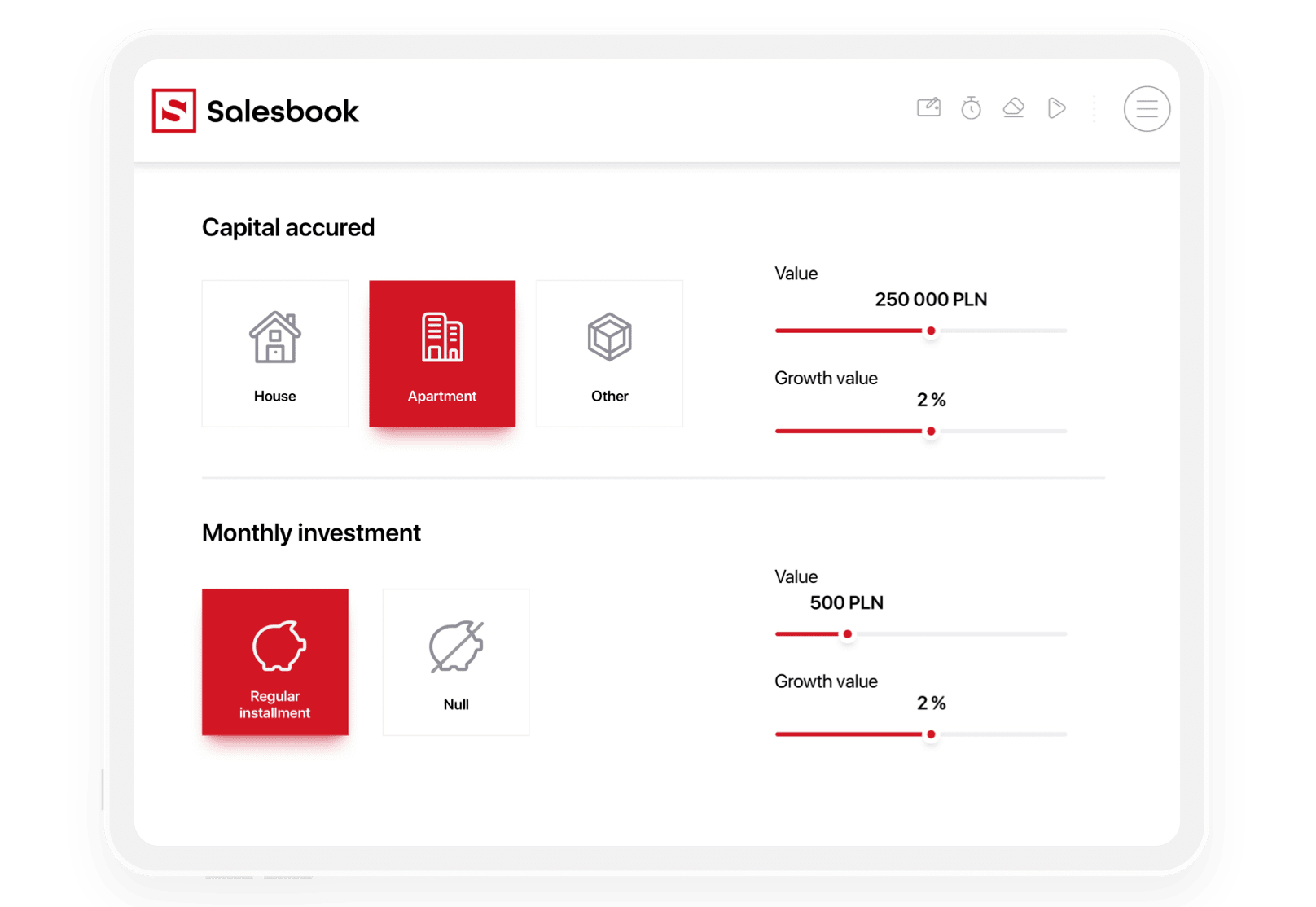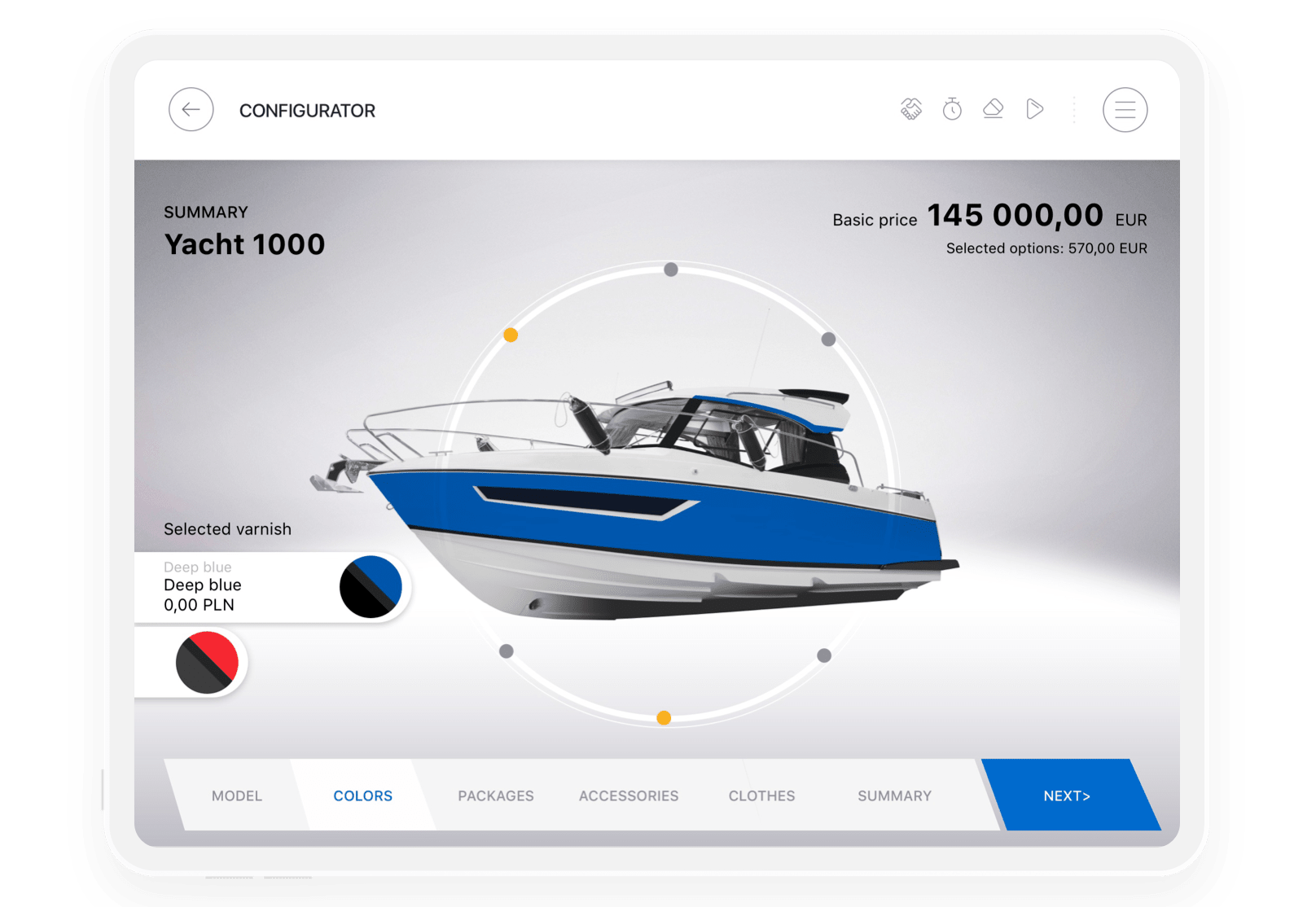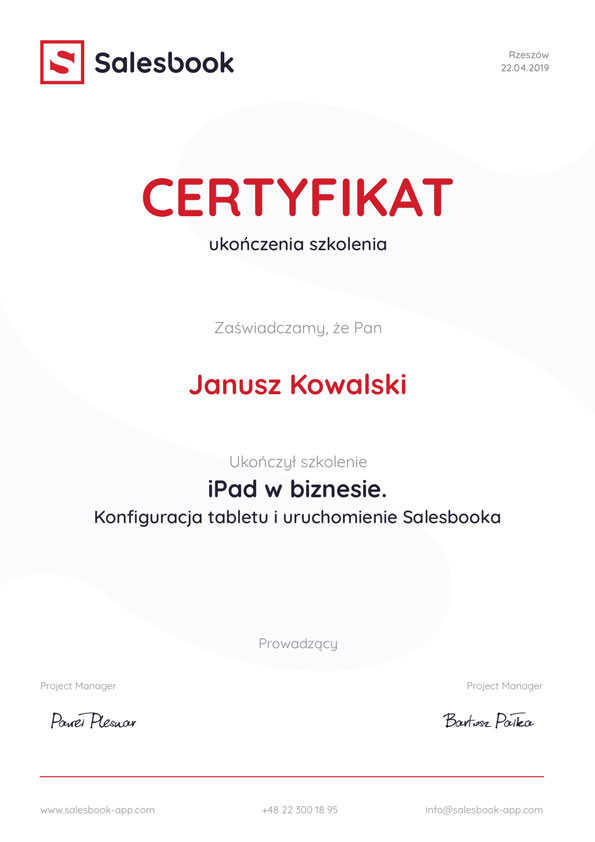

Sales

4 Apr 2023
Identifying customer pain points can help you understand your client’s needs and prepare an offer tailored to their needs. How to discover your prospect’s pain points? Read our article and get to know the answers.
Have you ever heard the term pain point? Pain points are recurring problems that your prospective customers or current clients try to solve. They can be small inconveniences, everyday challenges, or big problems that seem impossible to handle. However, it is crucial to distinguish between genuine customer pain points and serious operational inefficiencies.
A pain point can mean something different for different clients. It is understandable that your customers struggle to find the solution and deal with a deadlock. However, sometimes they are not able to discover their real needs, and what is behind their pain points. They would like to increase sales but do not know what kind of product or service is suitable.
The best example of the fact that customer needs are not always well-defined is reflected in a quote by Henry Ford (an engineer, businessman, and founder of the Ford Motor Company).
“If I had asked people what they wanted, they would have said faster horses. That is why I had not asked them”.
Probably, you consider why Ford did not ask people and did not carry out an analysis of their needs. An offer tailored to customers’ needs is the key to sell more and increase revenue.
Some people say that he should have done something similar to qualitative and quantitative research. This situation has a deeper meaning – H. Ford had discovered customer pain points by himself.
His customers wanted to move faster from a given point to point, so the faster horses were not the pain points. This shows how potential customers may not know what they need and look for.

You do not have to be like Henry Ford. You can simply be mistaken and, as a result, offer the wrong product or service. Conducting customer research can help you discover the most important pain points.
You will be a reliable partner in the eyes of your potential customers if you are eager to solve their problems. A well-planned meeting and subtle questions can be helpful if you want to know your clients and help them.
According to the data from HubSpot (2022), 66% of customers expect that companies will solve their problems and discover pain points.

If you want to know your client better – be inquisitive. You should explore the topic and get to know more about their company, competition, market, and potential pain points. Even if you discover that your customers have the same paint points, the root of them can be different as well as the solution.
People encounter obstacles no matter if they run a small business or a big company. Probably every customer has their pain point. There are some similar challenges that many customers deal with. However, do not assume anything in advance. Remember that you cannot be deceived by common customer pain points. Always listen to your clients first before you draw conclusions and offer solutions.
As we have said a specific pain point refers to a problem, something that your client is aware of and annoys them. Experts distinguish different pain points – from financial pain points, productivity pain points, process pain points to support pain points.

The above customer pain points are just examples of the biggest challenges that your client can face up. They can vary depending on their scale and complexity. Those pain points can probably be grouped into broader categories. Regardless your customer has financial pain points, productivity pain points, or other business pain points, your role is to be supportive.
Conducting customer research and discussing very specific pain points can lead to better understanding. Moreover, it can move the relationship between sales reps and current or potential customers to the next level.
Identifying pain points by a sales rep proves a professional attitude, improves customer experience, and strengthens the company’s image. Remember that you can make a first impression only once, so do not waste your chance.
Think about questions you want to ask – a meeting and conversation can be chances to establish long-lasting cooperation. Therefore, consider the first question and general aim of the conversation.


Now you know why it is good to talk to your customers about their problems and needs. However, how to identify customer pain points? It is crucial to ask the right questions. By gathering and organizing the information, you can collect various customer data. Thanks to this, you can create an effective sales offer.
A pain point refers to a recurring problem and, as we know, talking about challenges or difficulties is not something that people want to be engaged in. How to talk about your customer pain points? How to address pain points?
An analysis is not easy, especially, if prospective customers are not aware of the scale of problems and do not know how to identify their needs.
Sales reps working in sales teams deal with a lot of clients every day. It is hard to stay focused all the time and be curious about new customers and their needs. However, being inquisitive and open-minded is the best way.
If you want to know your customer pain points and needs, you must be a good listener. Do not be judgemental and do not think stereotypically. Ask open-ended questions and make sure that your customer feels comfortable in your company. You must convince your client that you are eager to help, not only to sell your product or service.
There are different approaches to such an analysis and discovery of customer pain points or needs. Some sales teams believe in conducting qualitative customer research. They ask open-ended questions such as:
Remember that conducting qualitative customer research will be less effective if you ask closed-ended questions or suggest the answer.
You should also know that while qualitative research is focused on longer statements and discussing problems, quantitative research helps generate numbers and specific data. For example, quantitative market research is based on asking yes/no questions or 1-10 scoring system.

Another way to hold a successful conversation with a customer is to ask general questions first. After that, you can continue and ask more specific questions. Try to gain as much information as it is possible and enquire about the details. If it is necessary, ask guiding questions or leading questions.
Use professional language that is popular in your client’s industry. Thanks to this, you will build an image of an expert who knows your customer’s situation and company. You should be inquisitive and determined but considerate. Remember that if you gain more information, you will know your customer pain points better.
Ask why your customer chose your company and products. Why did your customer change their mind? What are the differences in the sales offers? Was your client satisfied with previous sales offers? Why not? What was the reason for changing the offer?
What kind of questions should you ask to know your customer’s pain points and needs?
As you know, there are several approaches to conversations with clients. According to Neil Rackham, the author of the book “SPIN Selling”, there are two types of clients’ needs:
What does it mean the SPIN sales methodology? SPIN is an acronym for the words related to the questions asked during a meeting with a customer.

In this article, you have several suggestions on how to carry out a successful conversation with customers to discover their needs and pain points. Obviously, the situation in the real life will be more demanding.
Meetings with customers can prolong, and if you write everything on the pieces of paper, they can last even longer.
Luckily, you can use a new tool from Salesbook that allows you to discover every pain point of your clients.
Imagine that you have a meeting with your client, and you do not have to take any marketing folders with you.
You just take a tablet with Salesbook and calculator that will help you analyze your customer’s needs.

A lot is going on during meetings and a sales rep has to remember many details to close a deal in the future. Thanks to this article, you know what kind of questions you should ask. Now you will read about a smart tool that will help you do it.
You can upload all necessary materials into the system on a tablet. They will help you begin a meeting. It is a big advantage because you click only several times to find what you need.
You do not have to focus on making notes, listening to your customer, and holding a conversation at the same time. During a meeting, you choose specific options or variants of offers that are interesting to your client.
You can personalize Salesbook to your company’s needs.

Before preparing a sales offer, you talk to your customer about many aspects. You ask about the sum of money to spare or about an important element of a product or service. Thanks to Salesbook, you can focus on things that are really relevant to the customer and omit unimportant elements.
Salesbook enables you to carry out a casual conversation with your client. Moreover, it engages your interlocutor at the same time. The calculator is an innovative tool, graphically designed with the greatest care. Due to this, your customer can analyze their situation with you and it will not be problematic.
Salesbook is the modern tool that supports the sales process. It will help you analyze your client’s needs and common customer pain points. Furthermore, it will support you in creating an effective sales offer, or actually, it will do it instead of you.
At present, it is crucial to be outstanding and offer clients something extra, so Salesbook will allow you to leave your competitors behind.

During a meeting, the system gathers the information about your client’s needs and on account of that, you can generate even several variants of the offer.
Are you interested in discovering pain points with Salesbook?
Try the free demo and get to know Salesbook.

Any questions? Feel free to contact us.
+44 203 807 0179
Our Customer Success Team is available from Mon. to Fri. 9am - 5pm CET.
We support inquiries, processes of configuration and use of Salesbook app, as well as billing and technical issues.
